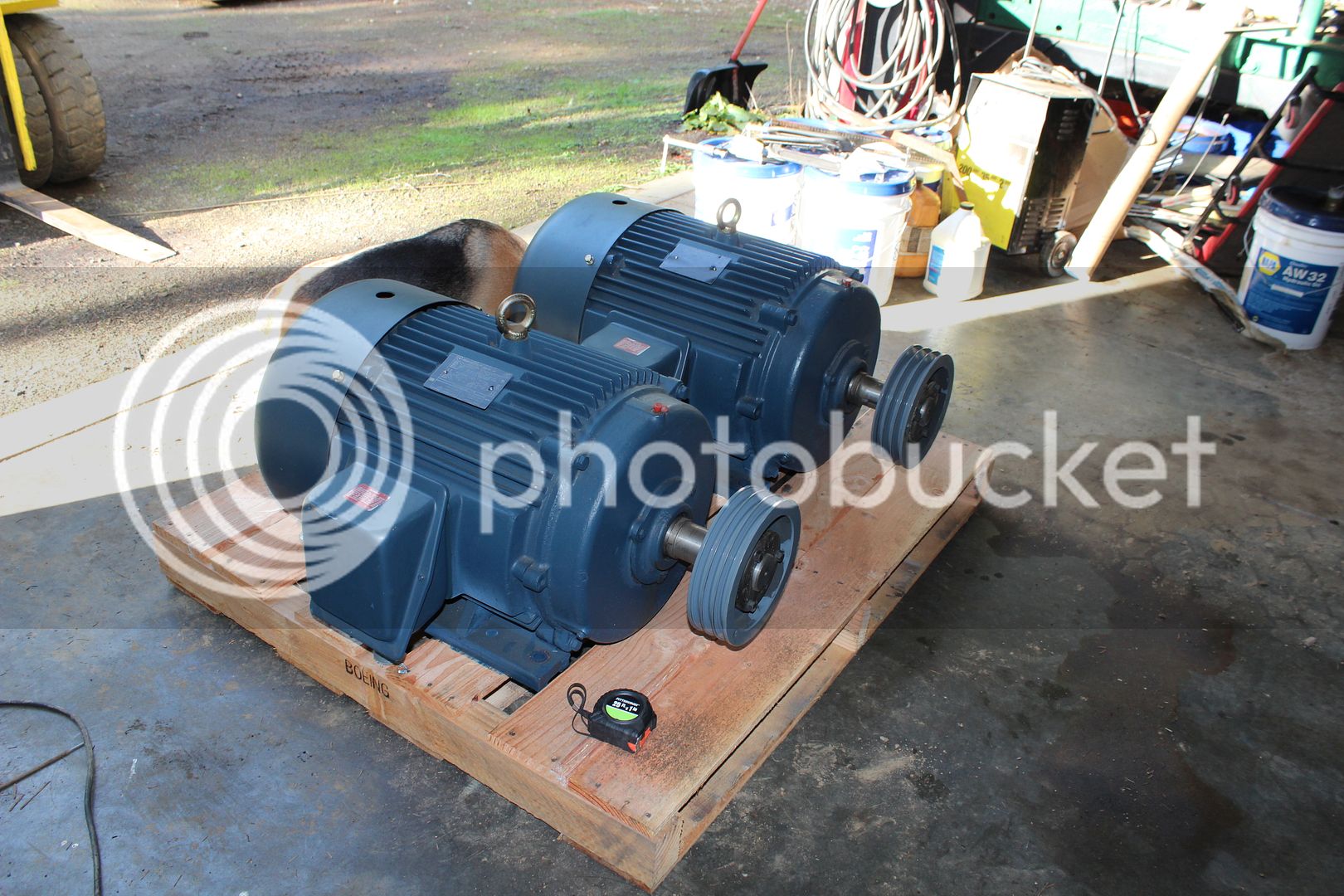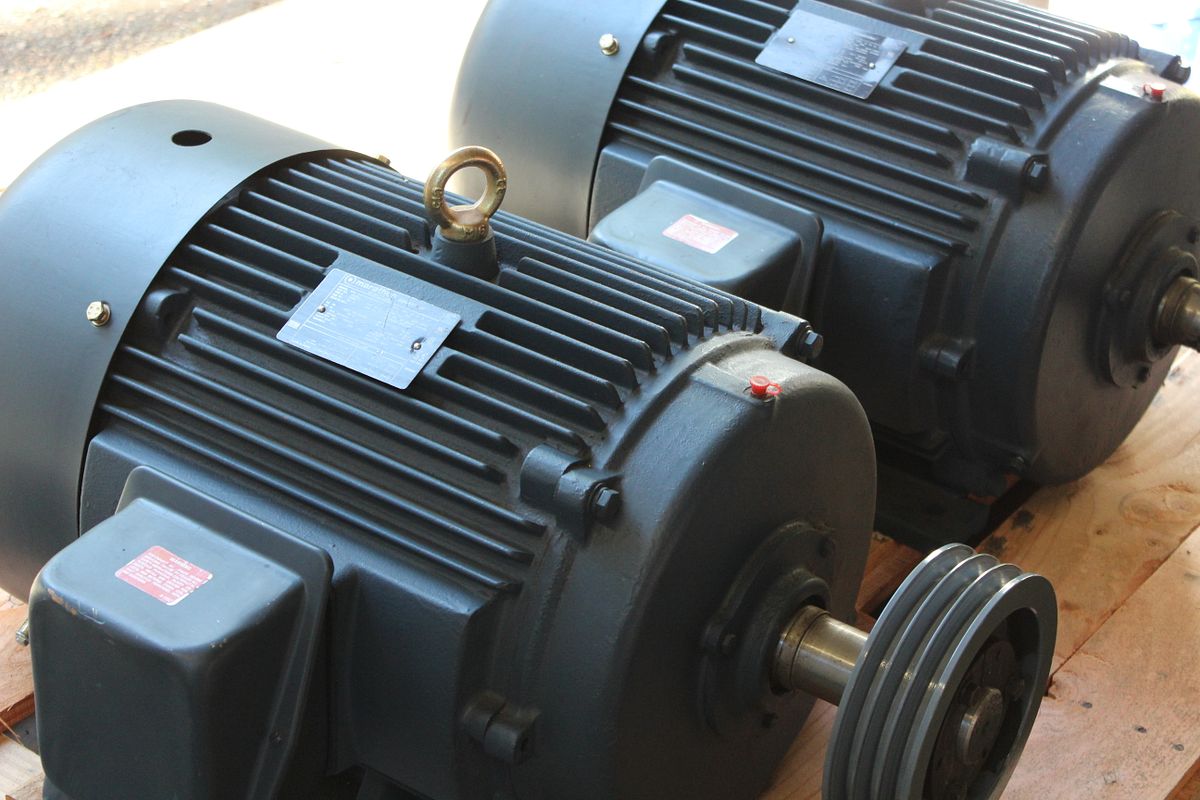DanP
Well-Known Member
"Hobby" lathe, that's the biggest hobby lathe I have ever seen or imagined!

They are extremely 'sensitive' to post titles. I would ask them again there with something like;I made a post on Practical Machinist Boards - not one reply. . . .
Also don't say anything about "HOBBY" they don't play well with us.I made a post on Practical Machinist Boards - not one reply. . . .
Should be interesting to hear if inrush current is not a problem. I'm not aware of a VFD that can power a 40HP motor from single phase. I think the issue is they have very good phase loss detectors to protect the input diodes from failure. Someone may have more knowledge with this, as I've never used a VFD greater then 10HP from single phase, to drive 7.5HP motors. But It's clear your going down the RPC route, hope that is fruitful. Unless you're are going to do serious material removal rates, I can't imagine needing more then 5HP of spindle power. I suspect the 40HP just idling uses more then 5HP of power, most of that just inherent losses.I'm about to pull a permit for my second power panel. I figure I need 300 amperes at 230 volts to adequately power my phase converter (150 ampere breaker for each converter-motor). This will permit me to operate my lathe up to about 30 horsepower (the lathe has a 40 horsepower motor).
If for whatever reason 30 horsepower is not enough - and I honestly can't see that happening, considering the massive cuts required to even draw 10 horsepower - I'll bump the isolation breakers up to 200 amperes each - which will get me an honest 37 horsepower into the cutter. My gut tells me that 30 horsepower will be plenty.
My transformer is 37.5 kVA, which I share with my neighbor. My garage has 350 KCML feeders (185 foot run). My wires are fine, but the transformer may be too small - not for running the lathe, but for starting it. The lights might flicker every time I start the lathe, which will be a no-go for my wife, and for my neighbors. If this happens, I'll pay the power company to replace the 37.5 unit with 50 or 75 kVA transformer.
Before I worry about the air supply, and what it does, I'm going to focus on resolving my power-supply issues first. . . . (i.e. building my phase converter)
Seems your well informed.Inrush current will be the dominant problem. The rule-of-thumb is that the converter should be twice the size of the machine's motor - which is why I'm building an 80 horsepower converter.
I estimate I'll draw 7.6 horsepower worth of electricity at idle, costing me 68 cents per hour at idle - and that's just to run the converter.
I'll take & post pictures of the phase converter construction process. I'll also post pictures of my design schematic. My experience is that rotary phase converters work very well. With an 1800 rpm fully-enclosed motor - if you select quality contactors and quality capacitors for the controls (and remember to grease the motor bearings once per year), a rotatory phase converter should run 60,000 hours before maintenance is required (essentially lasting forever).
There are three advantages of using an 1800 rpm motor for building a phase converter.
(1) they spin slow (compared to 3600 rpm) which means extended bearing life, and less audible noise during operation (fan, hum, etc)
(2) HP for HP, they have higher rotating inertia (more moving mass) than 3600 rpm motors, which provides an extra kick when starting other loads
(3) an 1800 rpm motor has appreciably more copper - which means lower impedance, which means extra kick when starting other loads
Downside is the extra copper drives the cost of the motor up.
To reduce operating noise, always use rubber isolation mounts (i.e. thick rubber sheets/sections) between the converter motor and the converter frame/chassis. Just make sure both the motor, frame, and lathe are properly grounded.
The new solid state drives are pretty trick, but expensive. A 40 horsepower unit is WAY outside of what I'm willing to spend.
I was contemplating mounting a 3-71 Detroit diesel on the other side of the shop wall, and drive the lathe directly at 1800 rpm via pto/belts (replacing the 40 hp lathe motor with a simple belt-driven jackshaft). However I cannot stand the idea of having to start a combustion engine to run my lathe. Starting a phase converter is somewhat of an irritation in itself, but at least I don't have to feed it diesel, change its oil, or keep its battery charged. . .
3 phase power ends about 2 miles down the road. It would cost well over 100 grand to bring it to my house. Maybe if I win the lotto. . .? Until then, rotary converters are the ticket - especially when constructed from scratch to keep costs down.
Entropy, I'm curious what your contactor specs are.I recently discovered that high current contactors are very expensive. The contactors I need for building my large phase converter cost about 500 bucks each - and I need three of them. . . . My 10 horsepower converter parts were cheap in comparison.


Enter your email address to join: